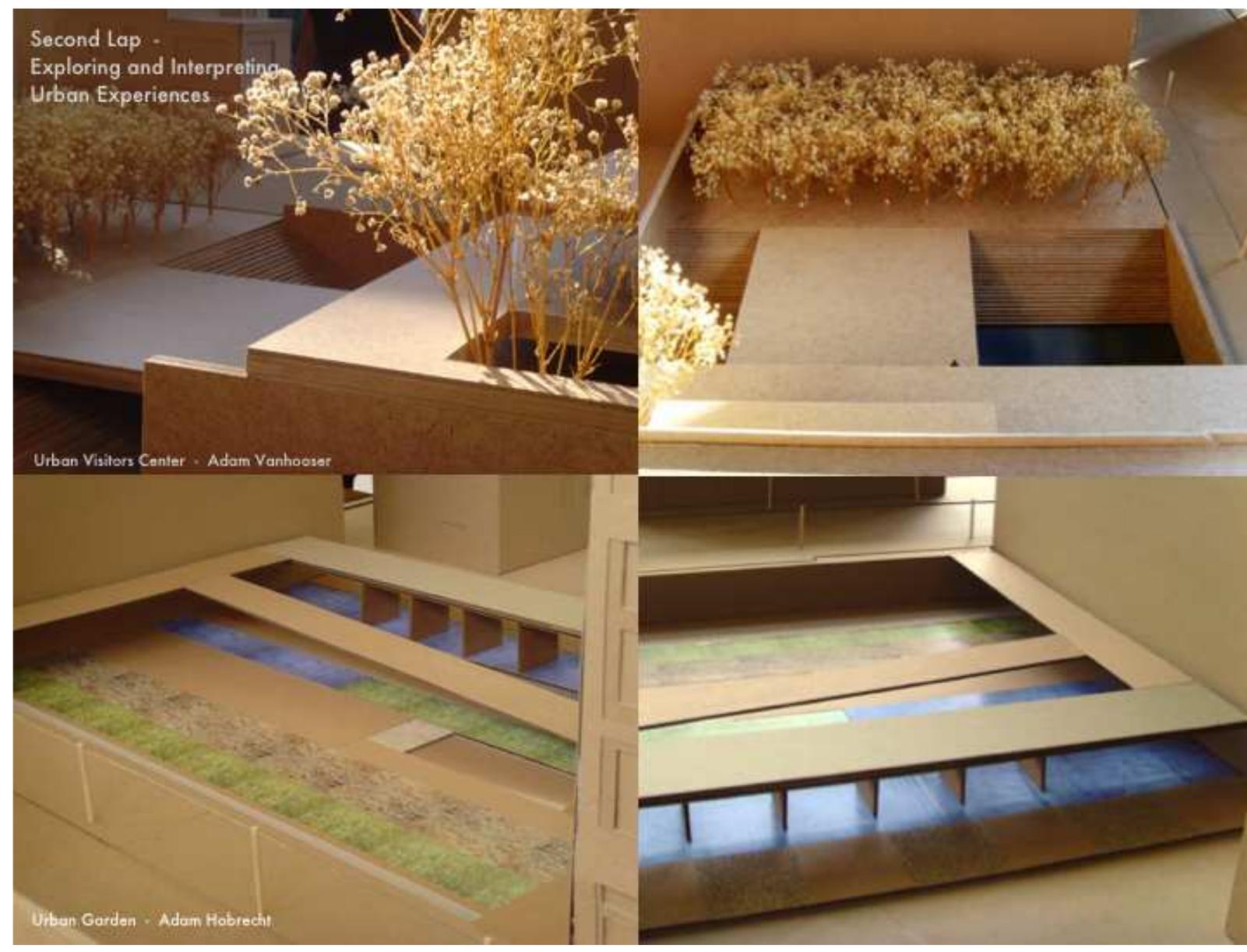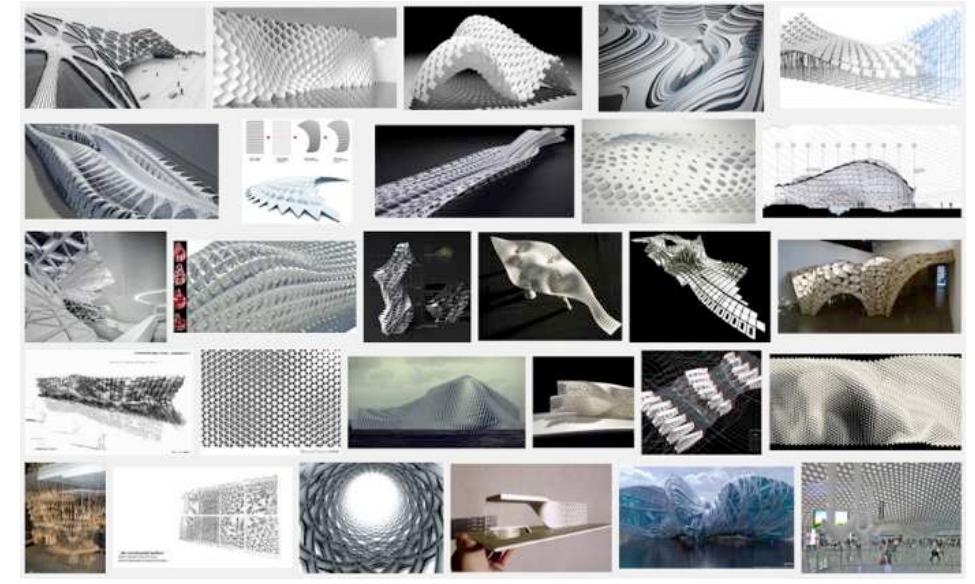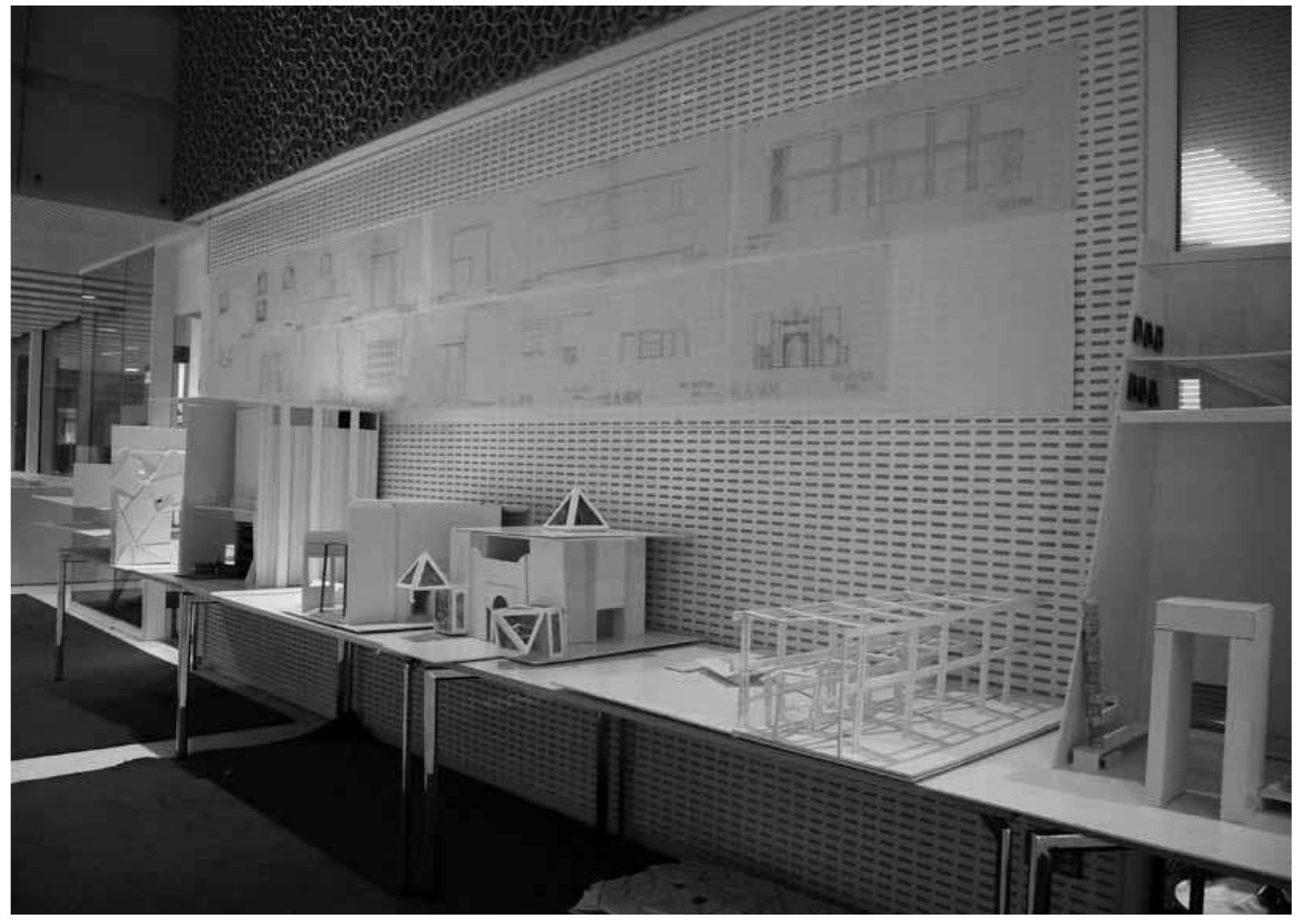Smriti Saraswat is trained as an architect and interior designer. She was awarded the Letter of Merit for academic excellence in Master of Interior Architecture and Design, by the CEPT University, Ahmedabad. She is currently an Assistant Professor in the Department of Architecture and Planning at IIT Roorkee (Uttarakhand, India), and a joint faculty member in the Department of Design, IIT Roorkee. She is passionate about Architectural Heritage; Tangible and Intangible Cultural Heritage; Traditional Building Practices, Indian Knowledge Systems; Indigenous Communities; Interior-Architecture; Craft and Technology; Material Culture and Design-Build Procedures; Creative and Cultural Industries; Skill Development; Entrepreneurship, Trans-Disciplinary Explorations and Cross-Sectoral Collaborations; Narratives; Anthropological Quests and Ethnographic Approaches in Architecture; Women Empowerment; Curriculum and Pedagogy Development; Research Methods.
She has worked on – prestigious projects focusing on museums and conservation while doing internship with the Development and Research Organisation on Nature, Arts and Heritage (DRONAH), Gurgaon; projects and events discussing craft & technology, design innovation and interior-architecture during her tenure as a senior researcher at Design Innovation and Craft Resource Centre (DICRC), CEPT University, Ahmedabad, with a focus on conducting workshops, prototyping, developing monographs based on these, and creating material inventories; projects and events focusing on indigenous communities (especially women artisans), art-craft-interior-architecture traditions of Uttarakhand and visual and cultural narratives from the Himalayan state with IIT Roorkee and Ministry of Culture; and, a joint project (Co – PI with Prof. Harshit Lakra, IIT Roorkee) on Model Village Development for the Juang Tribe of Odisha, funded by HUDCO. She has taken initiatives to promote the role of craftspersons, especially women artisans, in the non-traditional sectors like education and encouraged their participation in varied courses, workshops, exhibitions and events at IIT Roorkee. She got a Research Grant “Experimental Architecture and Material Culture (EAMC)”, under the Scheme ‘A New Passage to INDIA’ (2019-2022), sponsored by DAAD, Germany, in collaboration with Prof. Axel Sowa, RWTH University, Aachen that focuses on architectural heritage, material culture, building crafts and experimental architecture. The project EAMC has received an extension of duration and funding, until Dec. 2023. Currently, she is involved in the capacity of a co-investigator, in the Project “Traditional Principles of Settlement Planning in Heritage Temple Sites of Odisha/ Erstwhile Kalinga Region”, along with Prof. Rabi Mohanty, IIT BHU, sanctioned by AICTE, under the Scheme ‘Indian Knowledge Systems’
Her Ph.D. (submitted in Nov. 2022) is an attempt to explore and investigate material culture, traditional architecture and building crafts of the Himalayan state of Uttarakhand in India, with a focus on community-based knowledge systems. She has received several grants and scholarships; organised varied national and international workshops; training programmes; short term courses, including GIAN and SWAYAM NPTEL under the aegis of Ministry of Education; trans-disciplinary academic workshops at IIT Roorkee that focus on materials; heritage; craft and technology; interior-architecture; and, design innovations.; set up collaborations with National and International schools and organisations; conducted FDP courses; contributed in training and capacity building programmes; and authored several publications. She has a work experience of fifteen years. She loves to travel; document; read; create photo essays; and tell stories.
OUTREACH
Contact:
smritisaraswat@gmail.com ;
spacefap@iitr.ac.in ; +91 75000 611 99
Faculty Profile:
https://iitr.ac.in/Departments/Architecture%20and%20Planning%20Department/People/Faculty/100600.html https://iitr.ac.in/Departments/Department%20of%20Design/People/Joint%20Faculty.html
https://ir.iitr.ac.in/MajorProjects
https://ir.iitr.ac.in/blog/posts/961/
Google scholar id:
https://scholar.google.co.in/citations?user=0Jj-c5oAAAAJ&hl=en
ORCID id:
https://orcid.org/0000-0001-6133-1979 ;
SCOPUS id: "Saraswat, Smriti" 56739028300
Academia:
https://iitr-in.academia.edu/SmritiSaraswat













































































































































